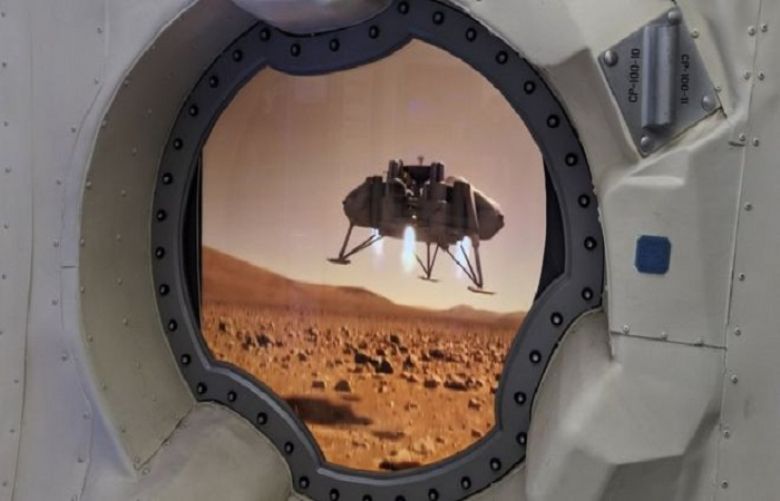Two HP servers sent up to the International Space Station in August 2017 as an experiment have still not come back to Earth, three months after their intended return.
Together, they make up the Spaceborne Computer, which operates on the open-source Linux system and has supercomputer processing power.
They were sent up to see how durable they would be in space with minimum specialist treatment.
After 530 days, they are still working. Their return flight was postponed indefinitely, after a Russian rocket fail in October 2018.
And HP senior content architect Adrian Kasbergen said they may return in June 2019 if there was space on a flight “but right now they haven’t got a ticket”.
HP is working with Nasa and Elon Musk’s Space X to be “computer-ready” for the first Mars flight, estimated to take place in about 2030.
Currently the 20-year-old ISS on-board machines return data to Earth for processing but it can take 30 minutes for the data to travel each way – and it is unlikely to be possible to send data “home” for processing from Mars, which is 34 million miles away.
The three original computers on board the ISS had cost $8bn each and taken 10 years to build, Mr Kasbergen told BBC News.
“Our servers cost thousands, rather than millions of dollars,” he added, speaking at the 2019 Mobile World Congress (MWC), in Barcelona, where HP is displaying a replica model of the ISS Destiny Module.
The Spaceborne Computer was currently embedded in the ceiling of the real thing, Mr Kasbergen said.
The servers had needed some bespoke modification - the air cooling system would not work in space.
And, Mr Kasbergen said, there had been unforeseen problems with their power supply as well as the solid-state drive that supports the main hard drive.
But the devices would need to be investigated back on Earth to find out what had gone wrong.







